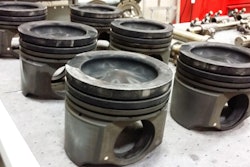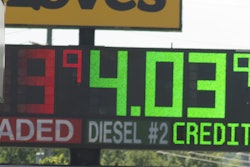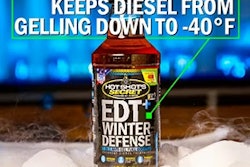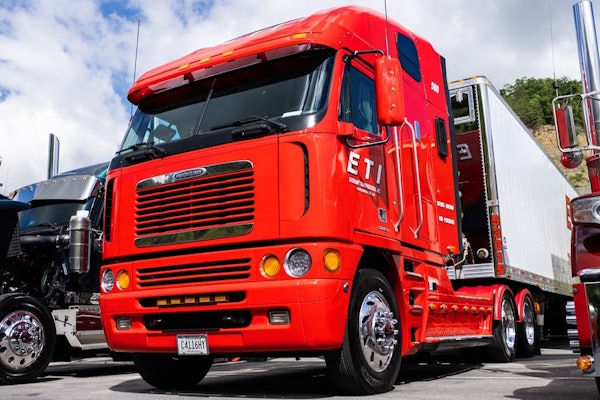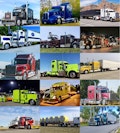
Speaking at a press event in Hamburg, Germany, last week, Tucker said the internal combustion engine and fuels like diesel and gasoline will still make up the big chunk of what he calls a “mosaic” of energy sources, which will include natural gas, solar, electric and hydrogen.
So the challenge will be cutting emissions of conventional engines and keeping up with the energy needs of the future: By 2050, Tucker says, there will be roughly 2 billion more vehicles on the world’s roads than there are today.
The main focus of Shell’s event was low viscosity oil and what it means for fuel economy in trucks (Click here for that coverage), but Tucker and others did offer an energy outlook, too.
Tucker said Shell is already investing billions in gas-to-liquid, which is a clean-burning, low-sulfur and very low-emissions fuel when converted to diesel, he says.
The company’s also investing in natural gas, including its cross-country corridors in North America.
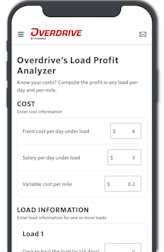
Click here to read more on Tucker’s address — posted on Overdrive sister site CCJ — and to see a bit on Shell engineer Frank Machatschek’s talk on Shell’s partnerships with engine makers and what it means for trucking.

